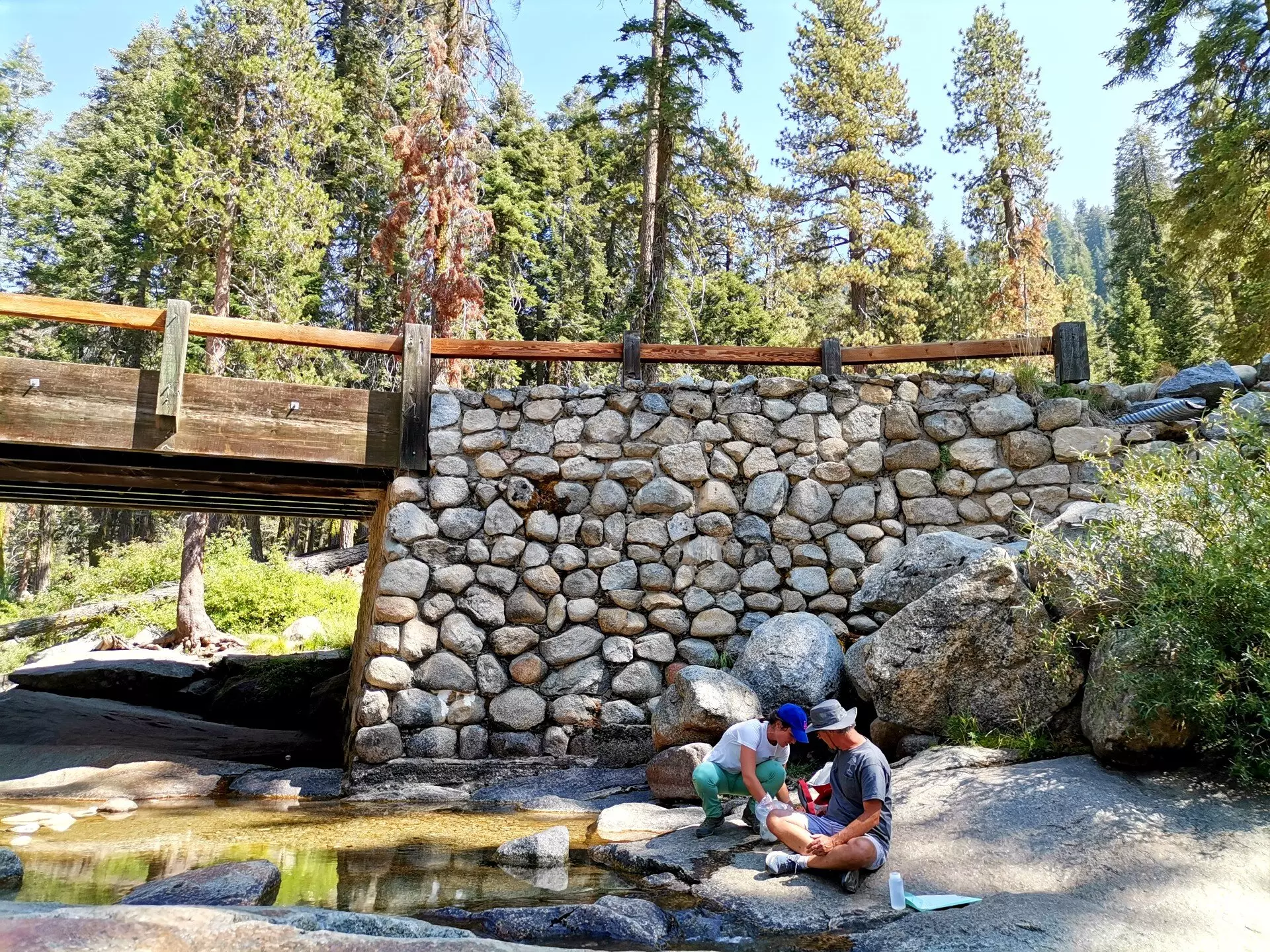California’s Central Valley, often referred to as “America’s breadbasket,” sustains the nation with its remarkable agricultural output. However, recent research from UC Riverside unveils a critical aspect of this region’s water source that remains largely out of public sight: the intertwining relationship between the Sierra Nevada mountains and the Central Valley aquifers. The study reveals that the Sierra Nevada contributes a staggering 53% of the groundwater utilized in the southern part of Central Valley. This revelation highlights the complexity and interconnectedness of natural water systems that transcends the typical surface-level understanding of water resources.
Mapping an Invisible Resource
Groundwater has often been likened to an invisible lifeline—a vital resource that eludes easy monitoring yet plays an indispensable role in agriculture. UC Riverside’s recent findings underscore the need to recognize aquifers as gigantic reservoirs of water nestled deep within the earth, akin to bathtubs filled with a mélange of water and soil. Given the recent struggles faced by farmers due to water shortages, this research raises essential questions about water management and sustainability in an era where every drop is precious.
Understanding the nuances of groundwater is challenging. The study utilized samples from wells spread across Central Valley and the Sierra Nevada, coupled with advanced chemical analyses to assess the water’s origin and age. What’s particularly striking is the diverse age range of the groundwater flowing from the Sierra; some of it is incredibly old, dating back more than 40,000 years, while other portions are a mere four years old. This spectrum represents a complex timeline and a delicate balance that is precariously at risk due to relentless extraction rates.
The Dilemma of Sustainability
While the Sustainable Groundwater Management Act, instituted by former Governor Jerry Brown in 2014, represents a crucial step towards responsible groundwater management, the findings present a more alarming picture than what has been commonly accepted. The prevalent issues of groundwater depletion have become exacerbated since the droughts of 2012-2016, leading to a situation where excessive pumping not only threatens water supplies but also causes land subsidence—a phenomenon detrimental to infrastructure that supports agricultural activities.
The research underscores that groundwater is a finite resource, requiring vigilance in terms of use. Hoori Ajami, an associate professor in groundwater hydrology at UC Riverside, aptly likens our groundwater systems to a bank account. Much like managing finances, understanding the balance between inflow and outflow is key to sustaining aquifer health. As such, the pressing need for comprehensive recharge studies becomes clear; the existing plans require a robust system of quantifying both the natural and man-made influences on groundwater levels to avoid irrevocable harm.
Looking Ahead: Harnessing Knowledge for Sustainable Practices
To mitigate the risks associated with groundwater extraction, informed management strategies must take precedence. The insights provided by this study should act as a catalyst for more expansive research focused on understanding the recharge rates of aquifers, particularly in the context of climate change and increasing demand for water. With a cocktail of factors—urban expansion, agricultural irrigation, and environmental fluctuations—impacting groundwater storage, any sustainable approach must be holistic and multi-faceted.
Moreover, a cultural shift toward valuing water as a finite resource must permeate public consciousness. It’s not just about implementing regulatory frameworks like the Sustainable Groundwater Management Act; it’s about fostering community-wide engagement on the significance of protecting aquifers as invaluable resources for agriculture, economy, and ecology. By doing so, there exists an opportunity to reshape the narrative surrounding water use, transforming society’s relationship with this precious commodity.
Reflecting on these findings offers a moment of urgency. It urges us to embrace innovation in water management and rethink agricultural practices that historically prioritized output over conservation. The synergy between the Sierra Nevadas and the Central Valley epitomizes the kind of critical relationships that, if sustained, can continue to supply vital resources for generations to come.


Leave a Reply